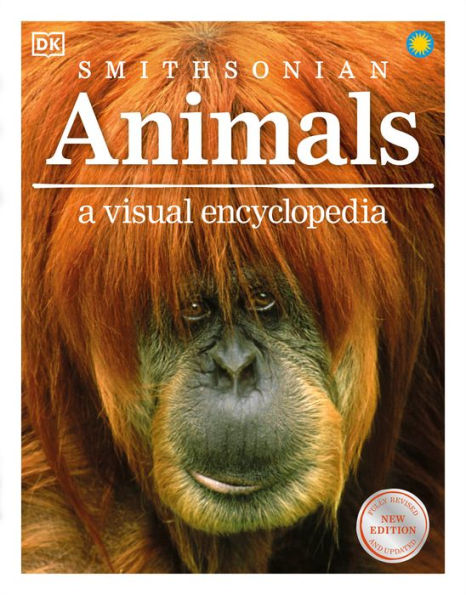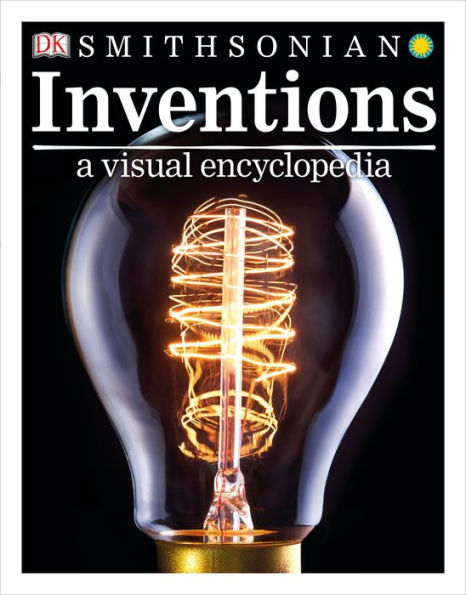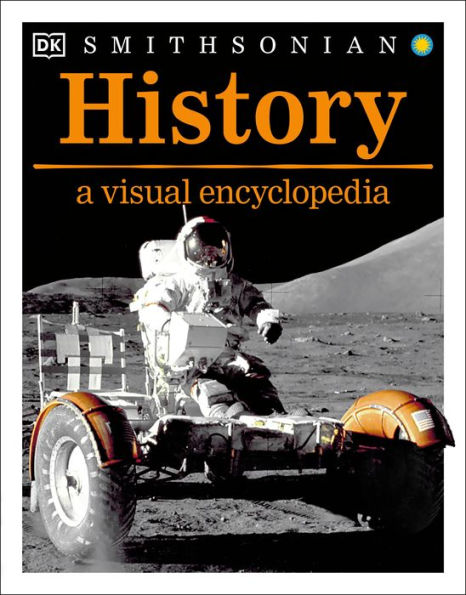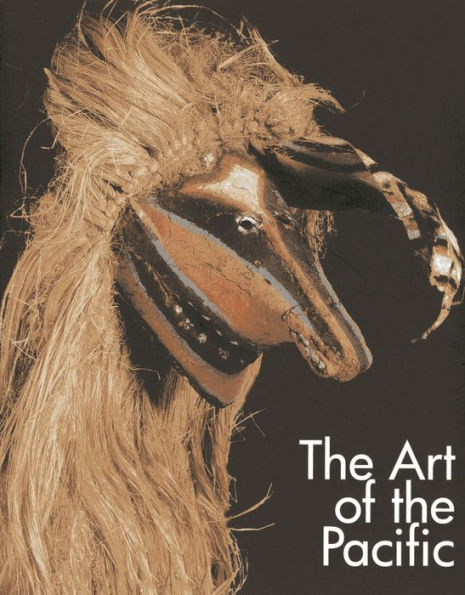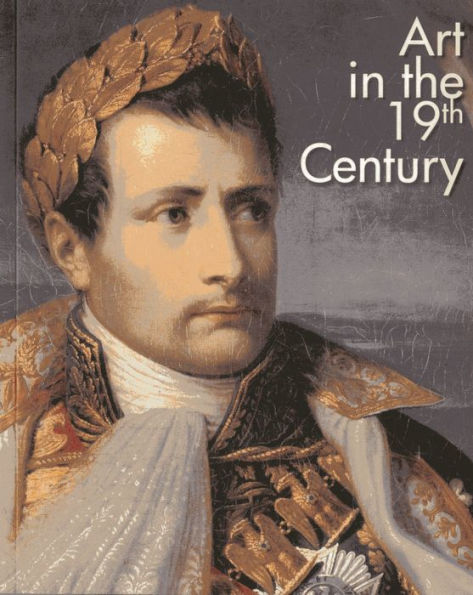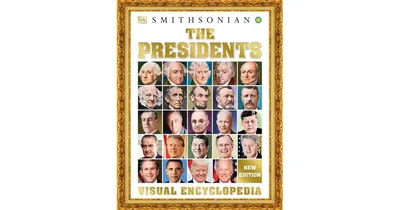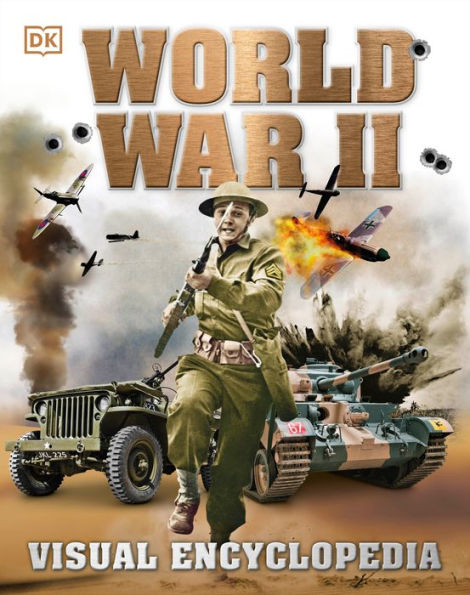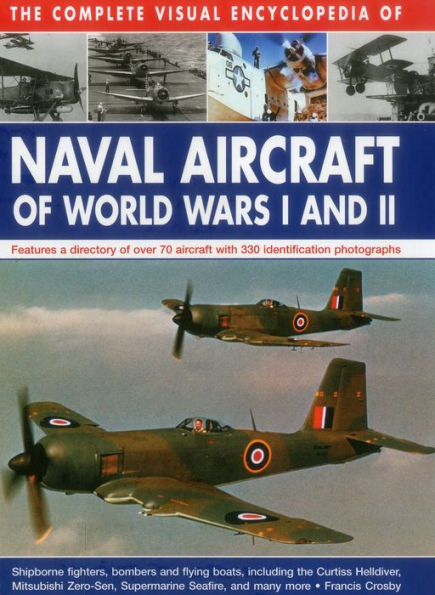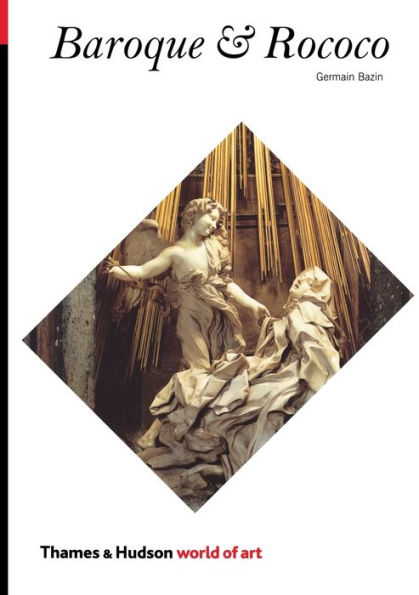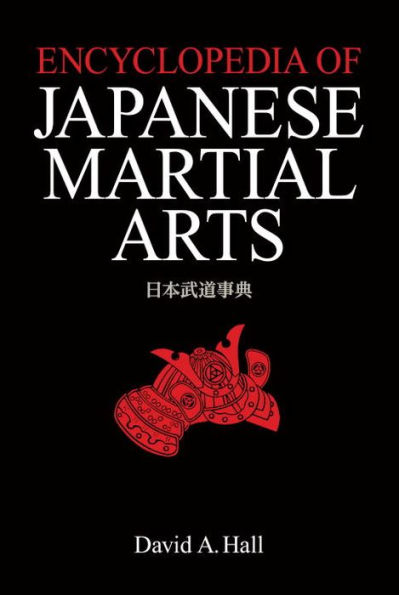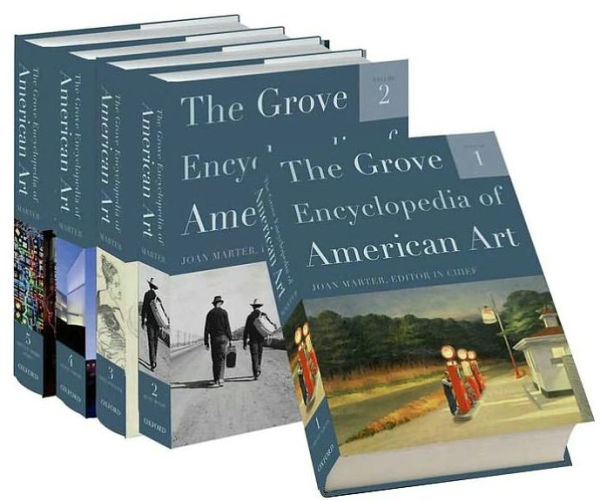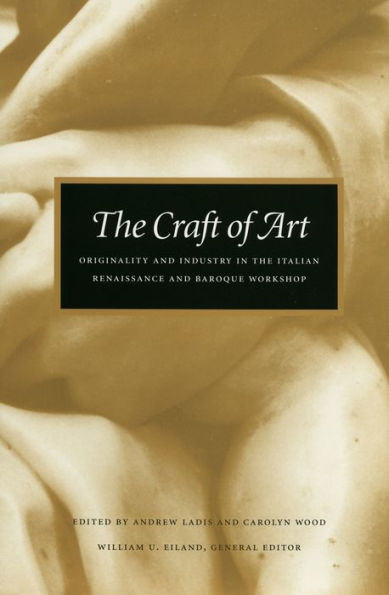Home
Baroque: The Visual Encyclopedia of Art


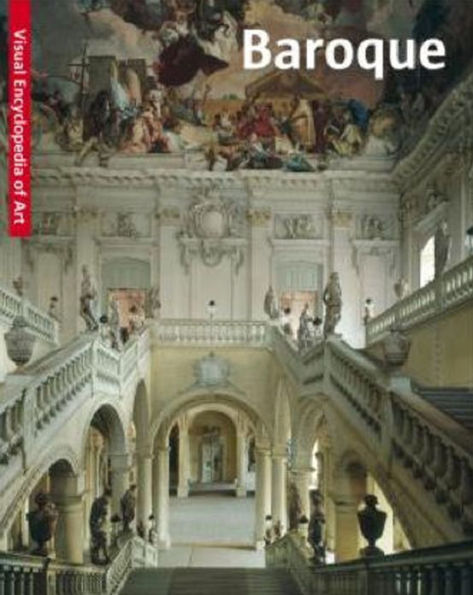
Baroque: The Visual Encyclopedia of Art
Current price: $24.95
Loading Inventory...
Size: OS
The definition of the Baroque age is still subject to debate among critics and historians. In one of its most commonly accepted meanings, Baroque describes some aspects of 17th-century art, with sumptuous Roma at the center, that upset the proportions and static harmony of the Renaissance—already undermined by Mannerism during the previous century—through the use of curves, strange movements of forms, the daring optics of illusionism, and theatricality. Bernini, Borromini, da Cortona, and Rubens were, among others, decisive examples. In addition to these theatrical expressions, the art of the 17th century also included quite different trends such as the naturalism in the works of Caravaggio, classicism in the works of the Carraccis and of Poussin, the intimacy of Vermeer and the pictorial atmospheres in the works of Rembrandt and Velazquez. The Rococo was born in France at the beginning of the 18th –century, characterized by airy forms, arabesques, elegance, and luminous colors in painting as well as sculpture and architecture; instead of heroic or sacred themes, it embodied a more lighthearted glance at aristocratic life, or scenes of daily life that might be gay or frivolous. Watteau, Fragonard, Boucher, Canaletto, and Bellotto were representatives of this style in painting while, in architecture, Neumann and the magnificent Residenz in Wurzburg are particularly worthy of note.
